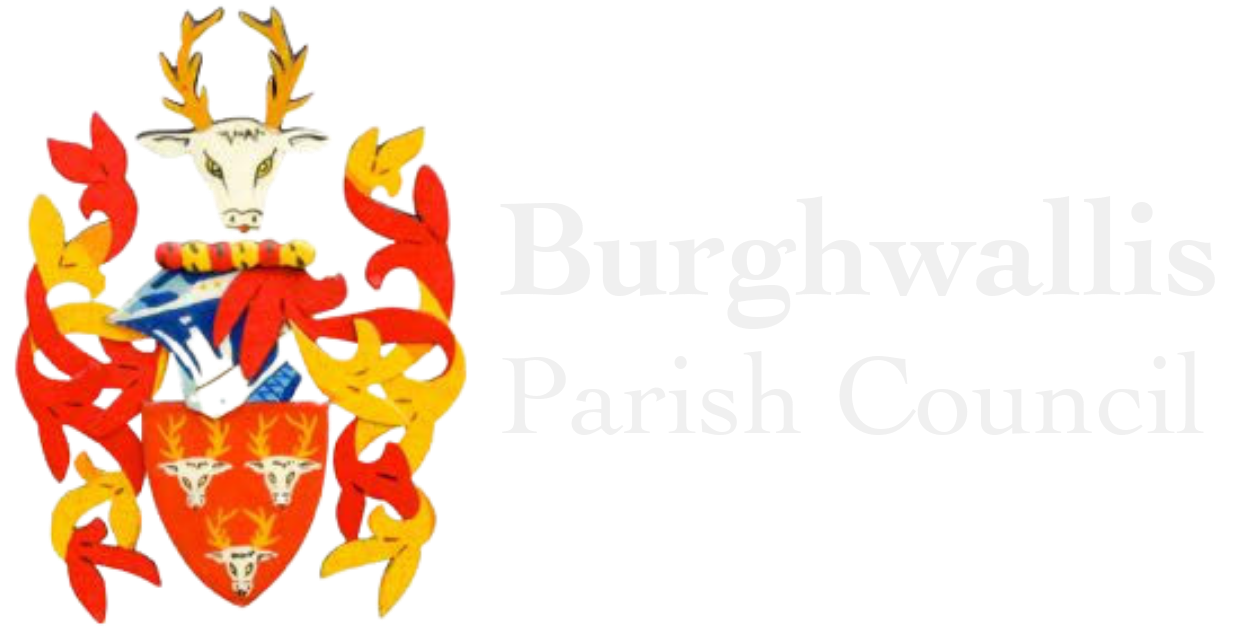Burghwallis was listed in the Doomsday Book of 1086 as a burgh associated with the Wallis family. It doesn’t list St Helen’s as the church was still being built at the time but does mention the original Manor House, Burghwallis Hall. Yet if you look at the village history in the top menu you might wonder if there is a bit of history missing.
The village/hamlet expanded marginally over the next two hundred years then completely disappeared, leaving only the church and the hall. The reason was the plague.
Around 1349 the “black plague” devastated Burghwallis. This is commemorated by the sign indicating the original position of the plague well along Abbe’s Walk. According to a summary in the Junior Chamber of Commerce “Welcome to Doncaster” brochure 1971, the importance of the village was shattered by the plague, became largely derelict and eventually disappeared!
The rebuilding started in the 1600’s when the old Burghwallis Hall, which then lay about 250 metres south in Burghwallis Park was demolished and rebuilt on its current location. Further west along Grange Lane you can seen the old Village houses and workshops that followed the reinvigoration of the village and now forms a large part of the village conservation area.
In case you ask – The Domesday book, completed in 1086 got its name because its lists were so complete that it reminded people of the Last Judgment (which people also call Doomsday, or Domesday) in Christianity, when lists of what people have done go before God for people to be judged. As the Doomsday book was instigated by King William the Conqueror as a basis for collecting taxes many believe that Doomsday still exists, perhaps still better associated with annual tax returns.
